Though women in electrical trades grew a record 65% in the past few years and 17% of the energy sector workforce in Australia are women, just 4% are soley employed in hands-on trade roles imperative to the clean energy transition, such as electricians.
A new report by the federal government’s Jobs and Skills Council Powering Skills Organisation (PSO) shows a positive uptick in women undertaking electrical trades training, typically to a higher level than their male counterparts but as a capable workforce able to help achieve the nation’s renewables targets, their participation rates remain low.
The PSO’s mandate is to address workforce development in the energy sector, offering online support and data relevant to the renewable energy trades.
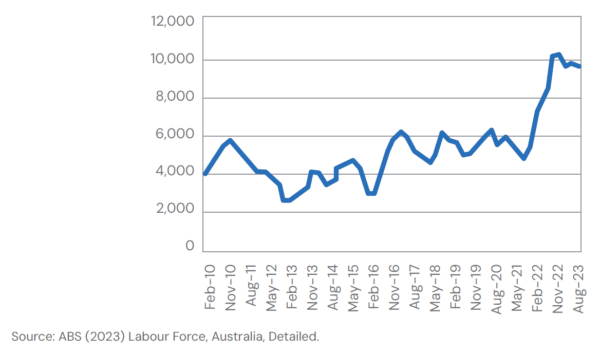
Image: Powering Skills Organisation
Its Shifting Currents Elevating Diversity in Energy Careers Research Brief November 2024 shows a record 4,900 women did sign up for electrical apprenticeships between 2018 and 2023 in Australia, which PSO Chief Executive Officer Anthea Middleton said is good to see.
“It’s certainly a step in the right direction and something we hope to continue see grow,” Middleton said.
“Analysis from Jobs and Skills Australia, however, predicts a shortfall of 42,500 electricians by 2030. Seeing as 78% of all electricians are employed in the Australia energy sector, this means we need to find people power quickly.”
“With a low take up of women in this sector, it seems the most obvious thing to try and appeal to more women to join electrical trades,” Middleton said.
The new data shows that, when compared to men, women who are signing up for apprenticeships are more likely to live and train in regional areas, utilise group training organisations and have a higher level of prior education.
All states and territories have experienced a significant rise in women electrical apprentices in recent years, with every jurisdiction reporting at least a doubling of enrolments, such as in New South Wales (NSW) where 400 women joined electrical apprenticeships between 2012-2017, and 1,250 between 2018 and 2023.
The report recommends that to retain women in the electrical trades in a time of considerable demand for this workforce, both industry-specific and whole-of-economy policies should be considered, which benefit all workers within a diversified energy sector.
These include addressing workforce participation barriers such as the ‘motherhood penalty’ to take time off for caregiving, illustrated in a 2020 survey which found 34% of women electrical trade workers’ job participation was affected by family considerations, compared to 1% of men.
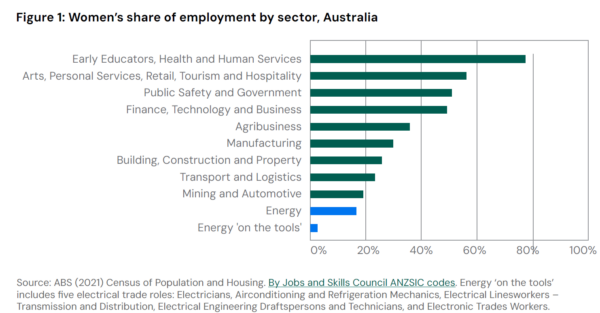
Image: Powering Skills Organisation
Considerations include flexible work arrangements, childcare policy initiatives, promoting positive mental health, suitable on-site facilities, such as restrooms for women to ensure privacy and hygiene needs are met, and providing better hi-viz options such as PPE in women’s sizing.
A more inclusive energy sector will bring fresh perspectives and skills, fostering the innovation and growth needed to meet the 2030 emissions reduction targets, the report says.
This content is protected by copyright and may not be reused. If you want to cooperate with us and would like to reuse some of our content, please contact: editors@pv-magazine.com.
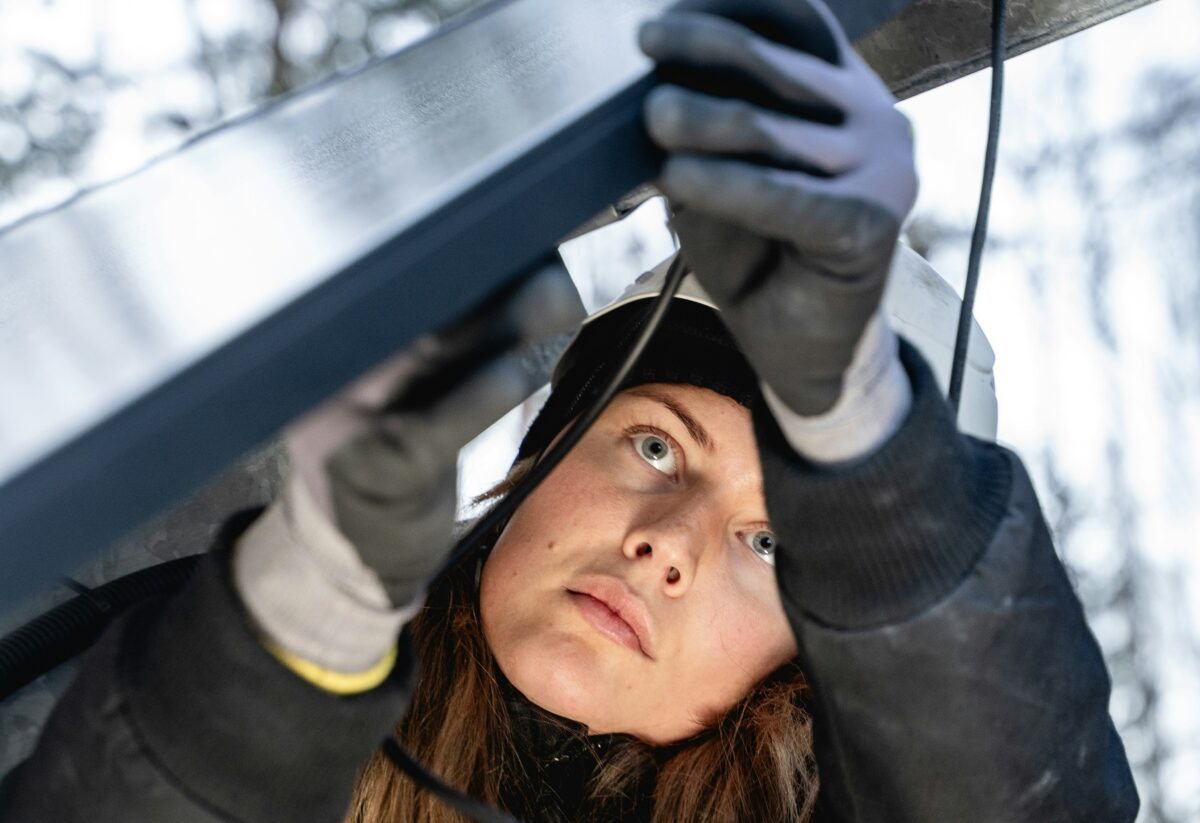
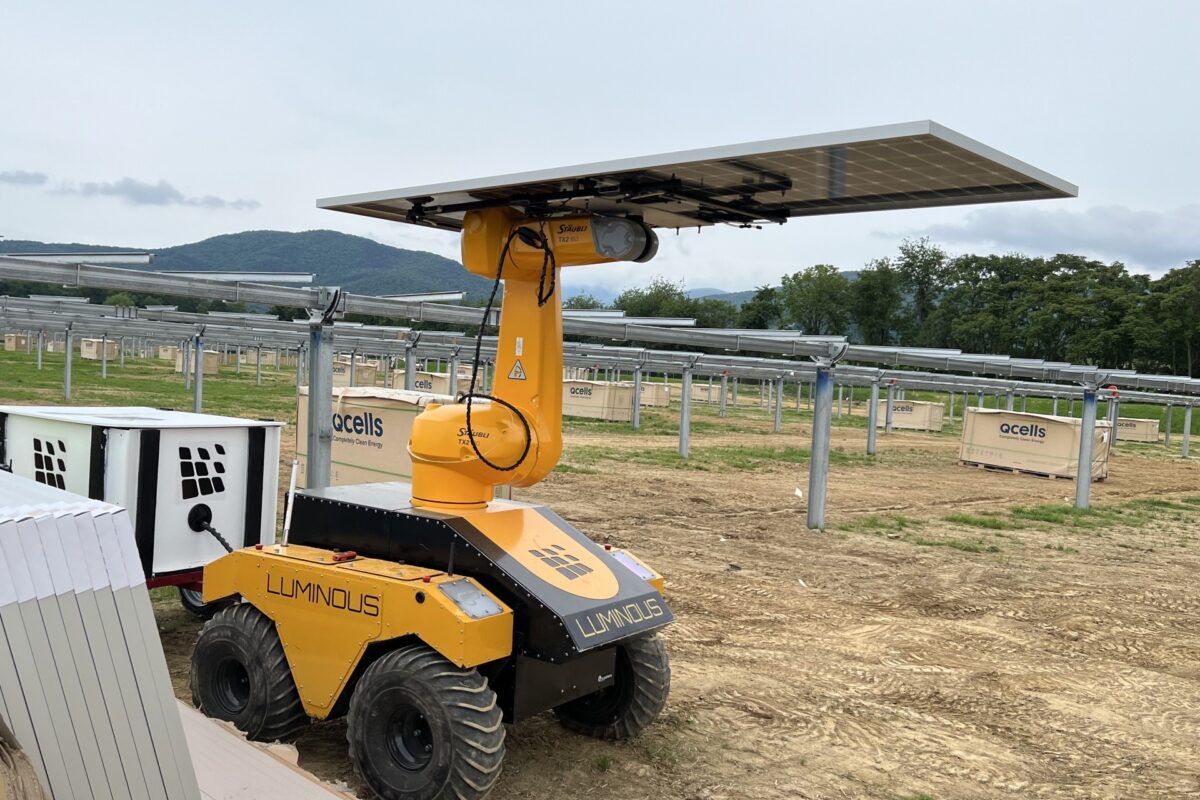

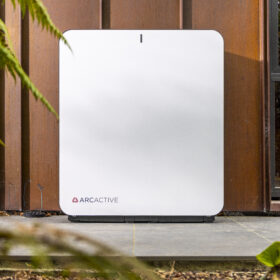
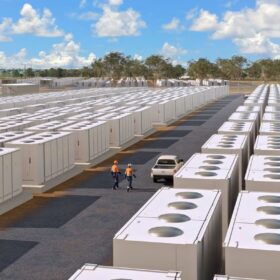
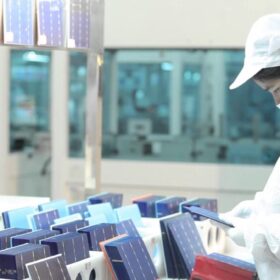
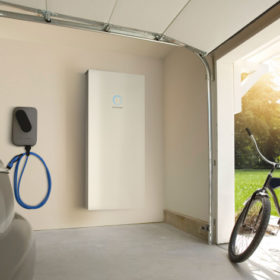
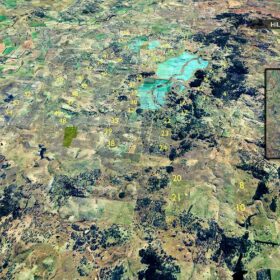
By submitting this form you agree to pv magazine using your data for the purposes of publishing your comment.
Your personal data will only be disclosed or otherwise transmitted to third parties for the purposes of spam filtering or if this is necessary for technical maintenance of the website. Any other transfer to third parties will not take place unless this is justified on the basis of applicable data protection regulations or if pv magazine is legally obliged to do so.
You may revoke this consent at any time with effect for the future, in which case your personal data will be deleted immediately. Otherwise, your data will be deleted if pv magazine has processed your request or the purpose of data storage is fulfilled.
Further information on data privacy can be found in our Data Protection Policy.